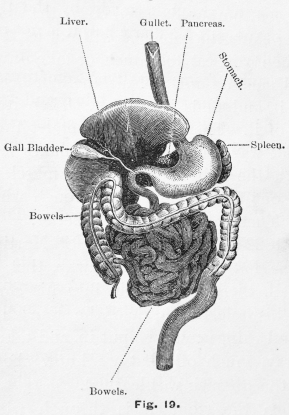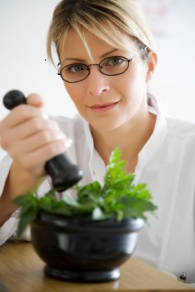
The Causes of Gall Bladder Pain
Gall bladder pain is usually caused by gall stones, although there are other diseases that affect the organ. When people talk about having gall bladder symptoms, they are usually referring to those associated with gall stones, although a stone might not cause any symptom at all. Here’s a look at the gall bladder, the conditions affecting it and how to keep it healthy.
The gall bladder is known in medical circles as the cholecyst. It is correct to spell it with or without a space between the words “gall” and “bladder”. In other words, whether it is one word or two, it is proper English.
The small non-vital organ is located near the liver. It is normally hollow and is meant to store excess bile produced by the liver. It is connected to the “common bile duct”, which connects to the pancreatic duct.
The liver, pancreas and gall bladder are found in a small area of the upper right abdominal area. Each of the organs have interconnected ducts, which are little more than tubes. Because of the ducts, an infection or disease can spread relatively easily from one of the organs to another.
So, it is important to consult your doctor concerning any gall bladder pain. While it might not be serious, it could be an early warning sign of something more serious. Getting treatment for a small stone or other kind of inflammation could prevent a major infection or inflammation in the surrounding organs and tissues.
If gall bladder symptoms are not addressed, they can also lead to irritation of the duodenum, a part of the digestive system which is also interconnected to the three small organs. Eventually, a rupture could occur. A person could experience a high fever, shock or jaundice, as the liver becomes infected.
Numerous stones can lead to a calcification of the entire gall bladder, referred to as “porcelain gall bladder”, which is very painful and, according to some studies, a risk factor for gall bladder cancer.
In order to keep this and all of the organs of your body healthy, you should try to maintain a healthy weight. Being overweight or obese is a risk factor for gall stones. Your diet should be low in cholesterol, trans-fatty acids and saturated fats. The composition of the stones varies, but all of them contain some cholesterol.
The diets of people with gall bladder symptoms are often low in fiber (oatmeal, fresh vegetables, and fresh fruit), high in starchy foods (rice, potatoes, bread) and low in fish. So, changing your diet may be helpful for relieving gall bladder pain, but it’s still a good idea to talk to your doctor at your next check-up.
|
|





